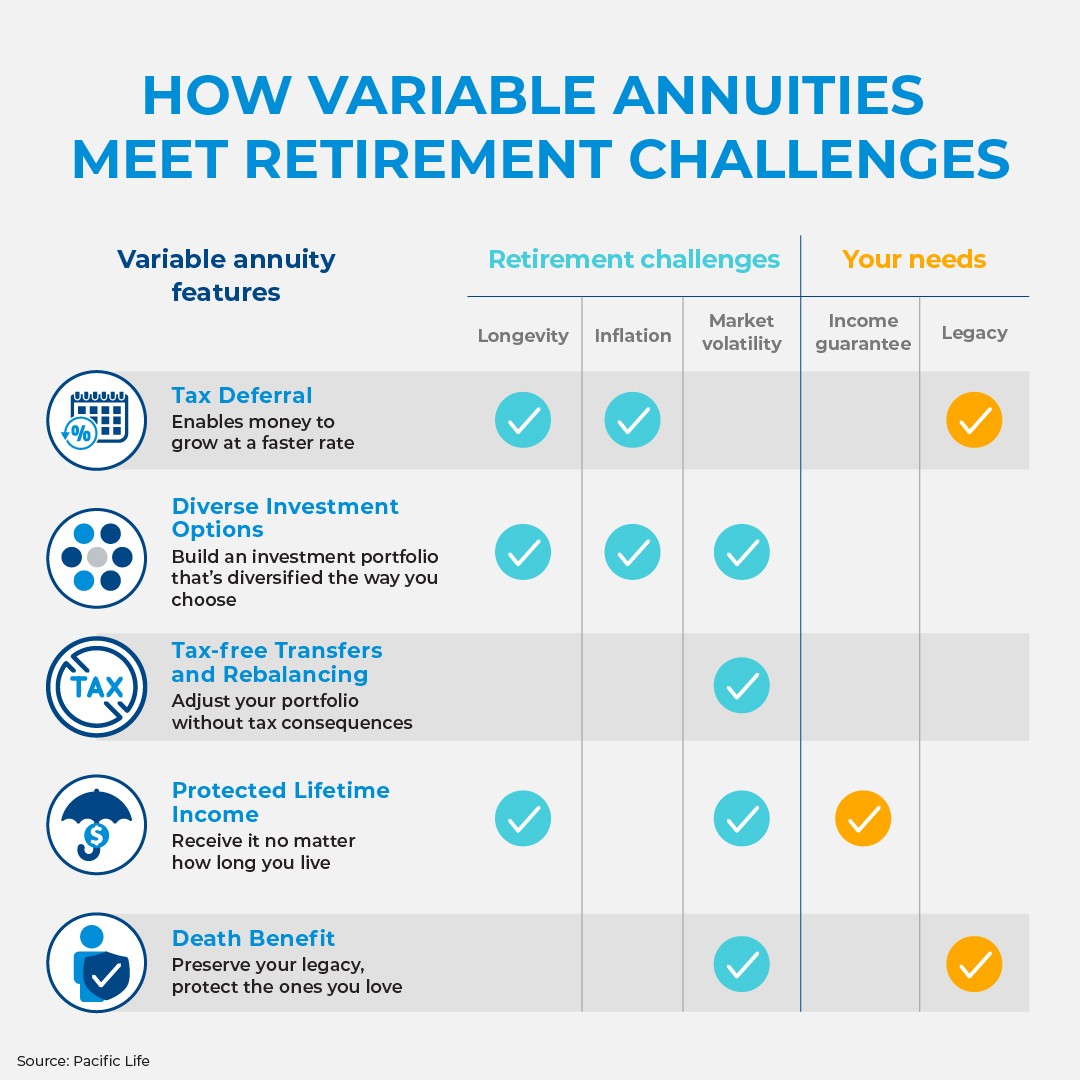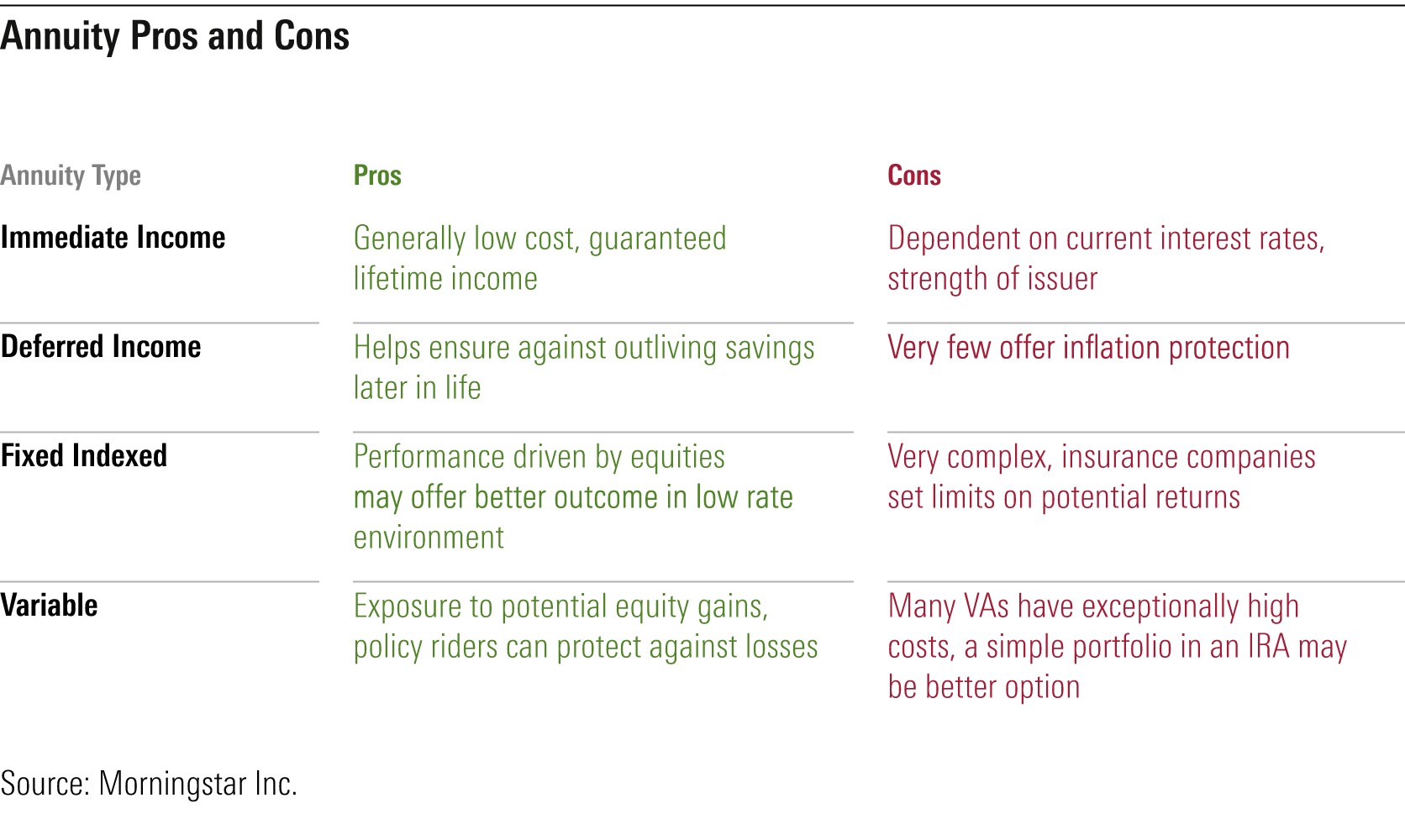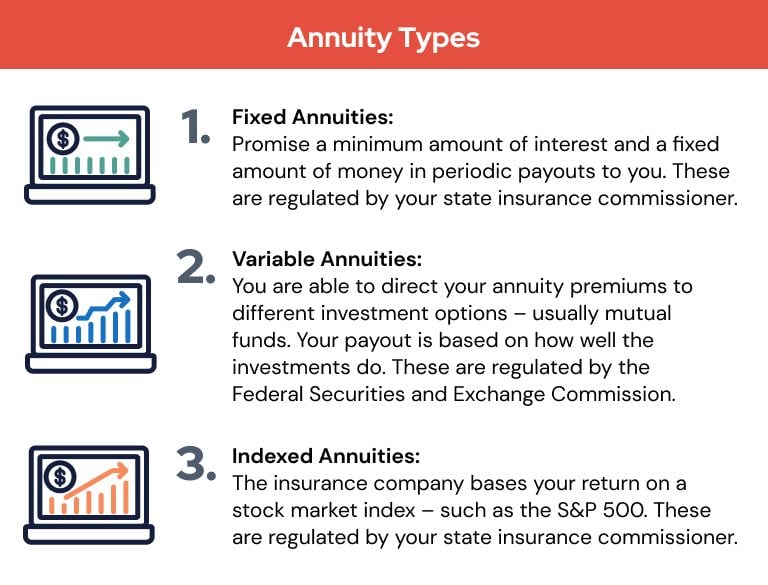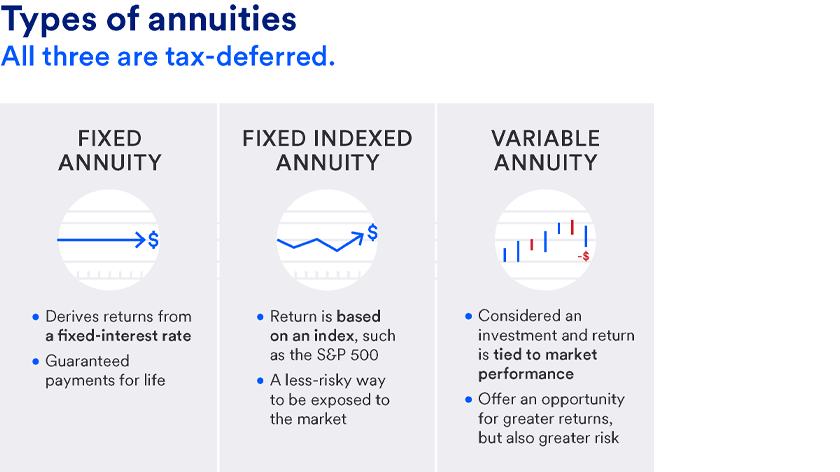All Categories
Featured
Table of Contents
Equally as with a taken care of annuity, the proprietor of a variable annuity pays an insurance provider a swelling amount or collection of repayments for the guarantee of a collection of future repayments in return. But as stated above, while a dealt with annuity expands at a guaranteed, constant rate, a variable annuity grows at a variable price that depends upon the efficiency of the underlying investments, called sub-accounts.

Throughout the accumulation phase, assets invested in variable annuity sub-accounts grow on a tax-deferred basis and are taxed just when the contract owner takes out those incomes from the account. After the accumulation stage comes the income phase. Over time, variable annuity possessions should theoretically increase in value up until the contract proprietor determines he or she would love to start taking out cash from the account.
The most considerable concern that variable annuities normally present is high price. Variable annuities have a number of layers of costs and expenses that can, in accumulation, create a drag of up to 3-4% of the agreement's worth annually. Below are the most typical fees connected with variable annuities. This cost compensates the insurance firm for the risk that it assumes under the regards to the contract.
Exploring Fixed Vs Variable Annuities A Comprehensive Guide to Investment Choices Defining Variable Annuity Vs Fixed Indexed Annuity Features of Annuity Fixed Vs Variable Why Retirement Income Fixed Vs Variable Annuity Is Worth Considering How to Compare Different Investment Plans: A Complete Overview Key Differences Between Different Financial Strategies Understanding the Risks of Variable Vs Fixed Annuity Who Should Consider Fixed Index Annuity Vs Variable Annuity? Tips for Choosing Fixed Annuity Or Variable Annuity FAQs About Planning Your Financial Future Common Mistakes to Avoid When Choosing Annuity Fixed Vs Variable Financial Planning Simplified: Understanding Your Options A Beginner’s Guide to Smart Investment Decisions A Closer Look at Annuity Fixed Vs Variable
M&E expenditure costs are calculated as a percent of the agreement value Annuity providers pass on recordkeeping and other management costs to the contract proprietor. This can be in the form of a level annual cost or a portion of the agreement value. Administrative fees might be consisted of as part of the M&E threat cost or may be assessed independently.
These fees can range from 0.1% for easy funds to 1.5% or more for proactively taken care of funds. Annuity agreements can be customized in a variety of means to offer the particular needs of the agreement proprietor. Some common variable annuity bikers consist of guaranteed minimum build-up benefit (GMAB), assured minimum withdrawal benefit (GMWB), and assured minimal income advantage (GMIB).

Variable annuity payments offer no such tax reduction. Variable annuities often tend to be very ineffective lorries for passing wealth to the following generation because they do not delight in a cost-basis adjustment when the initial contract proprietor passes away. When the proprietor of a taxed investment account passes away, the expense bases of the financial investments held in the account are changed to mirror the market costs of those investments at the time of the proprietor's death.
Decoding How Investment Plans Work Everything You Need to Know About Financial Strategies Defining the Right Financial Strategy Features of Smart Investment Choices Why Choosing the Right Financial Strategy Matters for Retirement Planning Fixed Interest Annuity Vs Variable Investment Annuity: Explained in Detail Key Differences Between Indexed Annuity Vs Fixed Annuity Understanding the Key Features of Retirement Income Fixed Vs Variable Annuity Who Should Consider What Is Variable Annuity Vs Fixed Annuity? Tips for Choosing Variable Annuities Vs Fixed Annuities FAQs About Planning Your Financial Future Common Mistakes to Avoid When Choosing Fixed Vs Variable Annuity Pros Cons Financial Planning Simplified: Understanding Your Options A Beginner’s Guide to Smart Investment Decisions A Closer Look at Pros And Cons Of Fixed Annuity And Variable Annuity
Beneficiaries can acquire a taxable financial investment portfolio with a "clean slate" from a tax obligation viewpoint. Such is not the situation with variable annuities. Investments held within a variable annuity do not obtain a cost-basis adjustment when the initial proprietor of the annuity passes away. This implies that any kind of collected latent gains will certainly be handed down to the annuity owner's beneficiaries, together with the associated tax burden.
One significant issue associated with variable annuities is the potential for conflicts of interest that might exist on the component of annuity salespeople. Unlike a monetary consultant, who has a fiduciary obligation to make financial investment decisions that benefit the customer, an insurance policy broker has no such fiduciary obligation. Annuity sales are highly rewarding for the insurance coverage professionals who offer them due to the fact that of high upfront sales commissions.

Lots of variable annuity contracts have language which positions a cap on the percentage of gain that can be experienced by particular sub-accounts. These caps prevent the annuity proprietor from completely taking part in a section of gains that could or else be appreciated in years in which markets create substantial returns. From an outsider's perspective, it would certainly appear that investors are trading a cap on investment returns for the previously mentioned assured floor on financial investment returns.
As noted over, surrender costs can badly limit an annuity proprietor's ability to move assets out of an annuity in the early years of the agreement. Additionally, while the majority of variable annuities enable contract owners to take out a specified quantity throughout the build-up stage, withdrawals beyond this quantity normally lead to a company-imposed charge.
Withdrawals made from a set rate of interest investment option can additionally experience a "market worth adjustment" or MVA. An MVA adjusts the worth of the withdrawal to reflect any type of changes in rates of interest from the time that the cash was bought the fixed-rate choice to the moment that it was taken out.

Rather commonly, also the salesmen who market them do not totally recognize just how they function, and so salesmen often take advantage of a purchaser's emotions to sell variable annuities as opposed to the benefits and suitability of the items themselves. We believe that financiers ought to totally understand what they own and just how much they are paying to own it.
Breaking Down Your Investment Choices Key Insights on Fixed Income Annuity Vs Variable Growth Annuity What Is Fixed Index Annuity Vs Variable Annuities? Advantages and Disadvantages of Variable Vs Fixed Annuities Why Fixed Annuity Vs Variable Annuity Is a Smart Choice How to Compare Different Investment Plans: Explained in Detail Key Differences Between Indexed Annuity Vs Fixed Annuity Understanding the Risks of Annuities Variable Vs Fixed Who Should Consider Fixed Annuity Vs Variable Annuity? Tips for Choosing Immediate Fixed Annuity Vs Variable Annuity FAQs About Planning Your Financial Future Common Mistakes to Avoid When Choosing Immediate Fixed Annuity Vs Variable Annuity Financial Planning Simplified: Understanding Variable Vs Fixed Annuity A Beginner’s Guide to Smart Investment Decisions A Closer Look at Fixed Vs Variable Annuity Pros And Cons
The same can not be said for variable annuity assets held in fixed-rate investments. These assets legitimately belong to the insurance provider and would as a result go to danger if the company were to fall short. Any type of guarantees that the insurance coverage firm has concurred to give, such as an assured minimum income benefit, would be in inquiry in the event of an organization failure.
Potential buyers of variable annuities should recognize and think about the monetary problem of the providing insurance policy company prior to entering into an annuity contract. While the benefits and downsides of different types of annuities can be questioned, the genuine concern surrounding annuities is that of suitability.
As the saying goes: "Purchaser beware!" This article is prepared by Pekin Hardy Strauss, Inc. Fixed annuity rates. ("Pekin Hardy," dba Pekin Hardy Strauss Riches Monitoring) for educational objectives only and is not intended as an offer or solicitation for organization. The info and data in this short article does not constitute legal, tax, accountancy, financial investment, or various other professional guidance
Table of Contents
Latest Posts
Breaking Down Your Investment Choices A Closer Look at Fixed Annuity Or Variable Annuity Defining Fixed Vs Variable Annuities Advantages and Disadvantages of Fixed Interest Annuity Vs Variable Investm
Exploring Variable Vs Fixed Annuities Everything You Need to Know About Financial Strategies What Is Fixed Vs Variable Annuity Pros Cons? Advantages and Disadvantages of Different Retirement Plans Why
Exploring the Basics of Retirement Options Everything You Need to Know About Annuities Fixed Vs Variable Breaking Down the Basics of Investment Plans Advantages and Disadvantages of Different Retireme
More
Latest Posts